Optimal Timing for Masonry Services
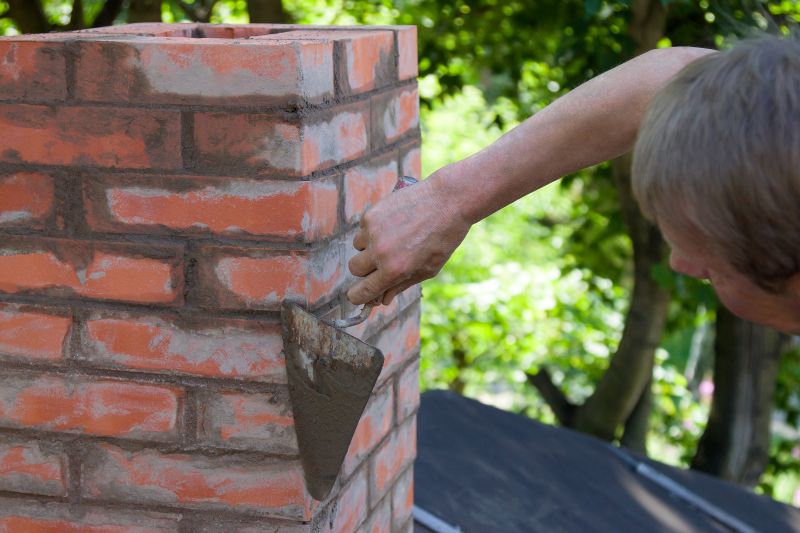
Spring offers moderate temperatures ideal for masonry projects, reducing the risk of cracking or damage caused by extreme weather.
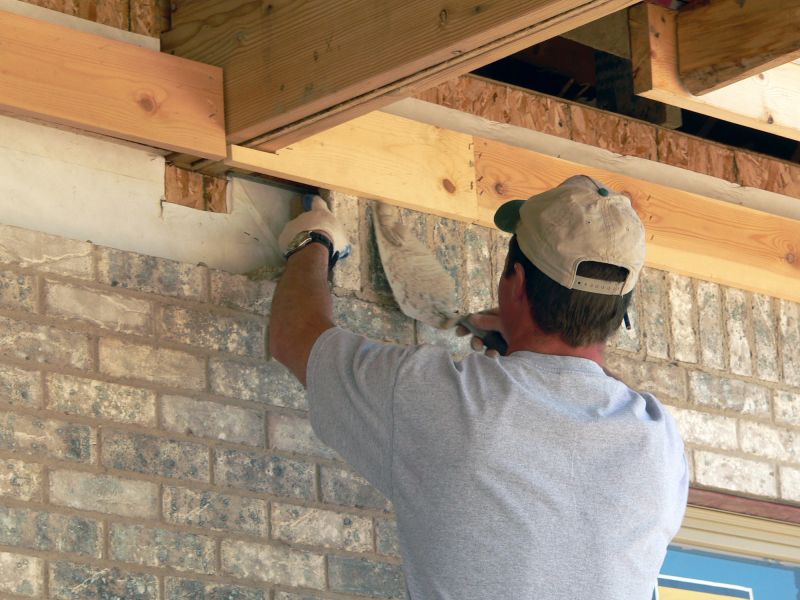
Summer provides long daylight hours and warm weather, facilitating efficient work, though high temperatures require hydration and shade considerations.
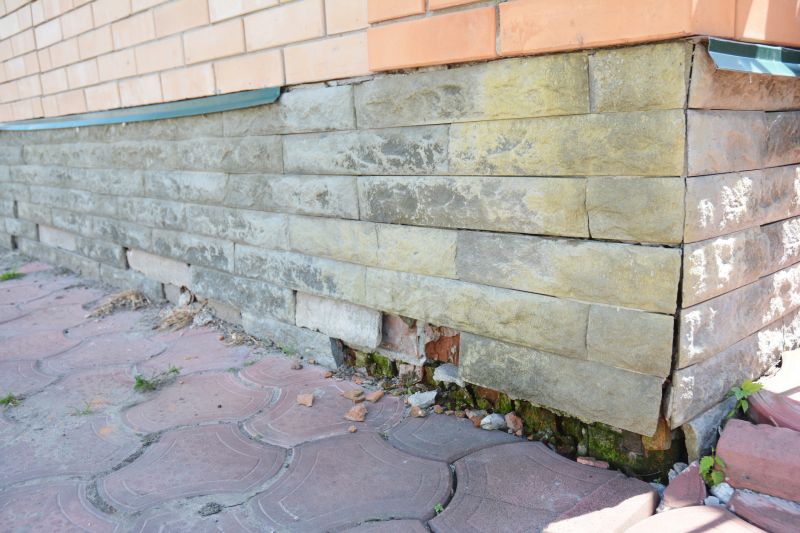
Fall's cooler temperatures help prevent rapid drying, which can cause cracking, making it a suitable season for masonry maintenance and repairs.
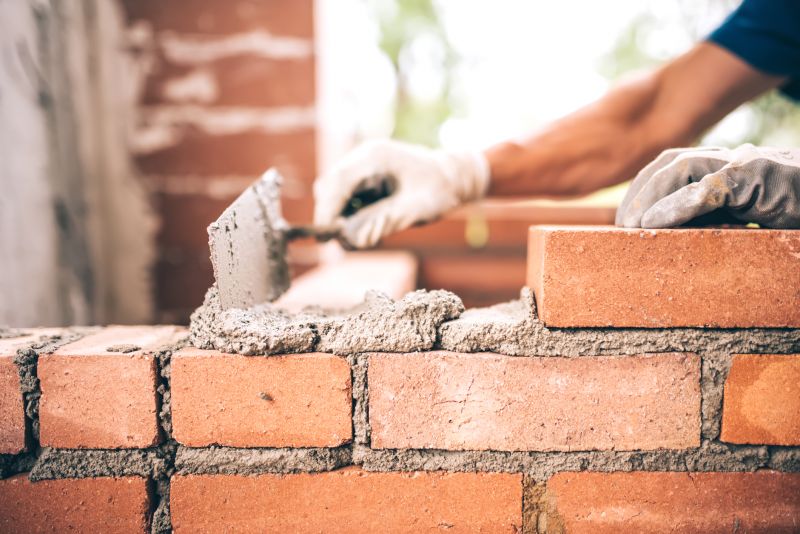
Ways to make Masonry Service work in tight or awkward layouts.
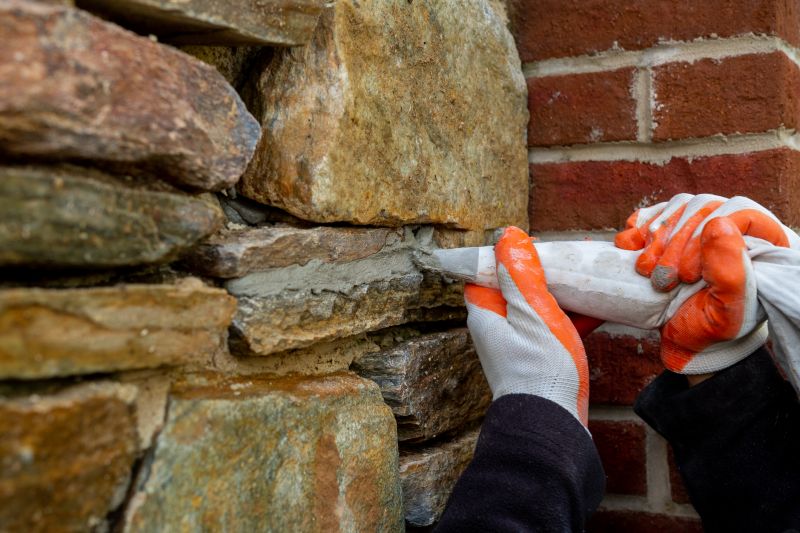
Popular materials for Masonry Service and why they hold up over time.

Simple add-ons that improve Masonry Service without blowing the budget.

High-end options that actually feel worth it for Masonry Service.

Finishes and colors that play nicely with Masonry Service.
Masonry service involves the construction and repair of structures using materials such as brick, stone, and concrete. Proper timing ensures durability and quality results. Seasonal considerations influence the success of masonry projects, with moderate temperatures reducing risks associated with weather extremes. In regions like Toledo, Ohio, understanding local climate patterns helps determine optimal windows for scheduling masonry work.
Extreme cold or heat can cause materials to expand or contract, leading to cracks or structural issues if work is performed at inappropriate times.
Choosing the right season minimizes delays, reduces repair costs, and enhances the longevity of masonry structures.
Regular inspections and timely repairs during suitable seasons help preserve masonry integrity and appearance.
Toledo experiences cold winters and warm summers, making spring and fall ideal for masonry projects due to milder conditions.
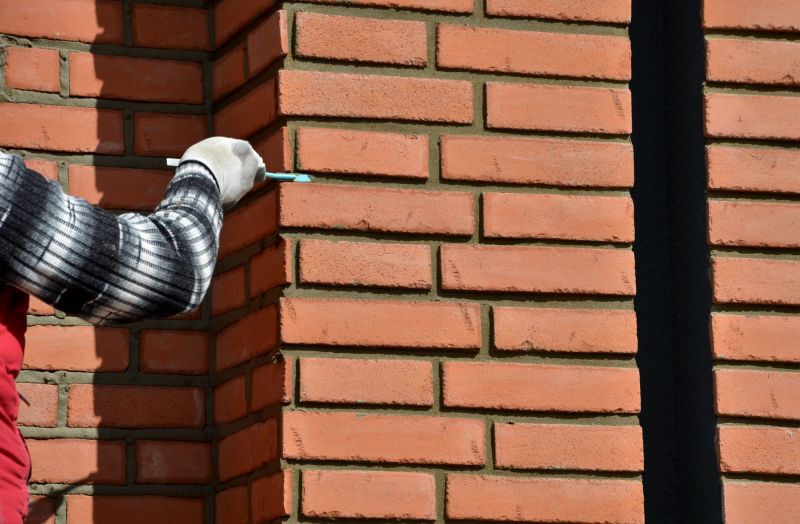
Spring's moderate climate supports effective masonry repairs and installations.
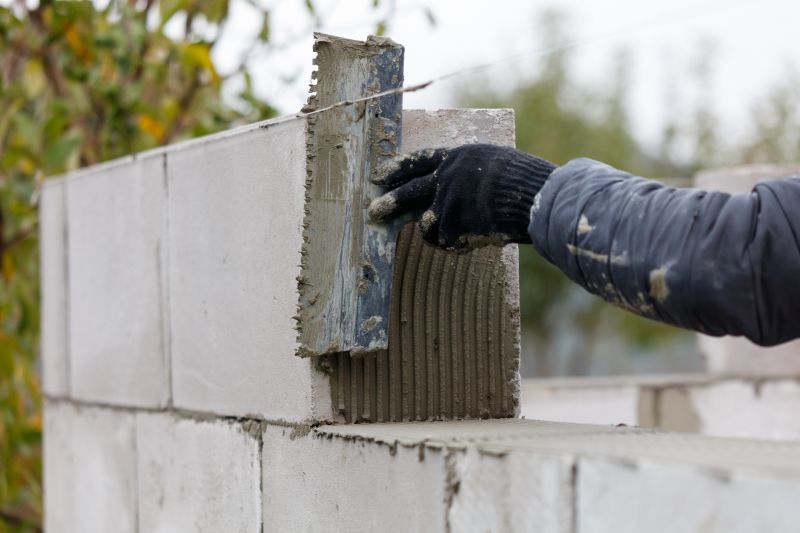
Warm weather allows for longer working hours, though precautions against heat are necessary.
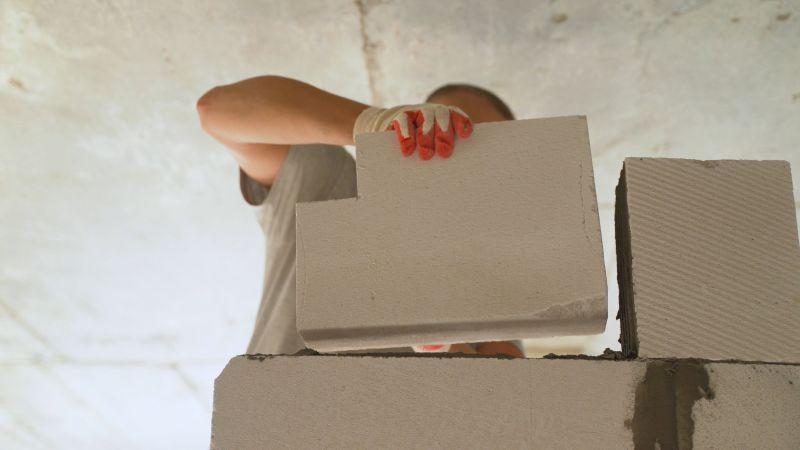
Cooler temperatures help prevent rapid drying and cracking during masonry work.

Cold temperatures can hinder masonry work; specialized techniques are required if performed during winter.
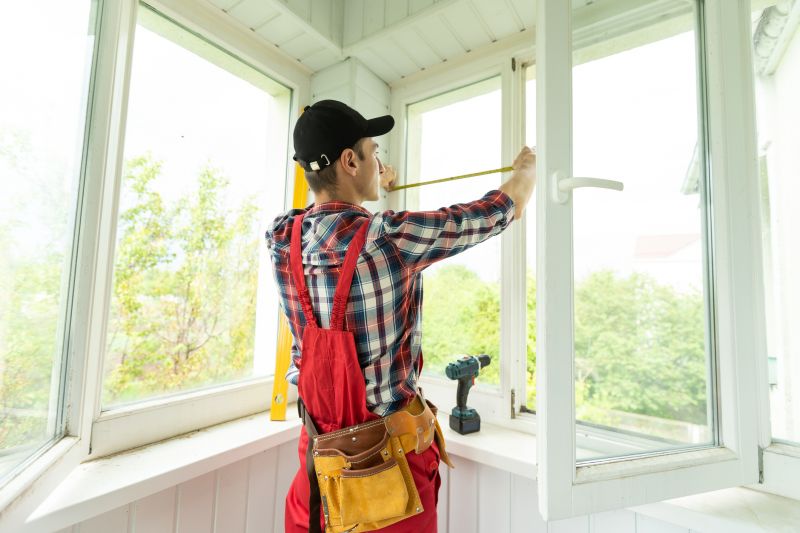
Little measurements that prevent headaches on Masonry Service day.
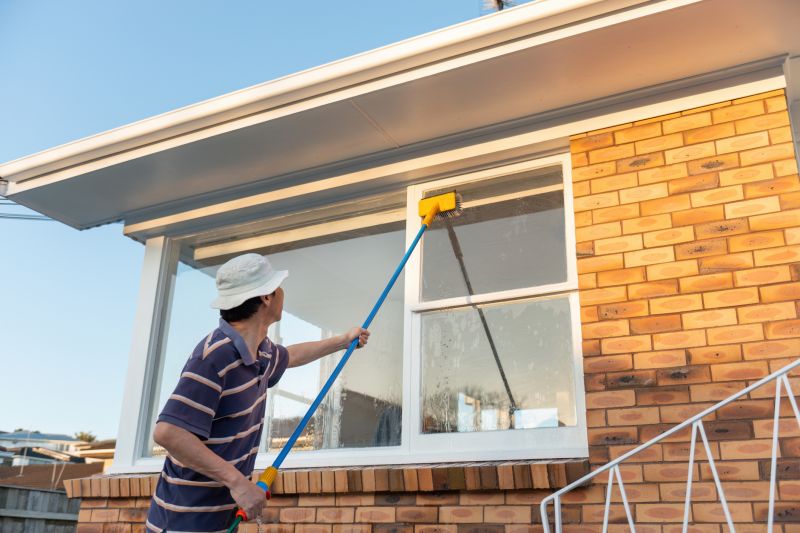
A 60-second routine that keeps Masonry Service looking new.
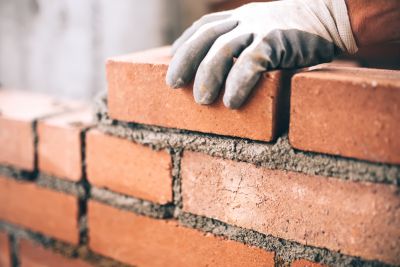
A frequent mistake in Masonry Service and how to dodge it.

Small tweaks to make Masonry Service safer and easier to use.
| Season | Ideal Conditions |
|---|---|
| Spring | Moderate temperatures, low humidity, and stable weather |
| Summer | Long daylight hours, warm weather, but potential heat stress |
| Fall | Cool temperatures, low moisture, ideal for repairs |
| Winter | Cold temperatures, risk of freezing, requires specialized techniques |
Understanding the seasonal patterns and climate of Toledo, Ohio, helps in planning masonry services effectively. Scheduling during the right season can prevent issues such as cracking, shifting, or delayed curing. Proper timing ensures that masonry structures maintain their strength and appearance over time, reducing long-term maintenance needs.

Optimal for new constructions and repairs due to favorable weather conditions.
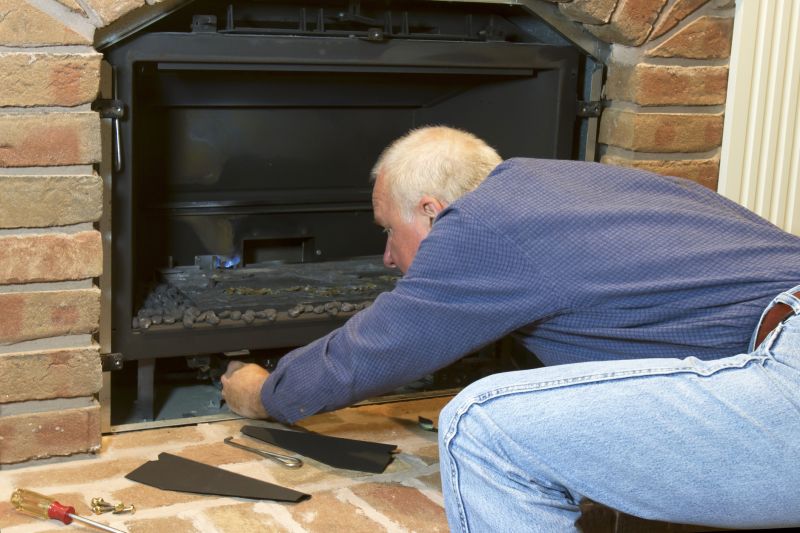
Suitable for large projects, with precautions for heat management.
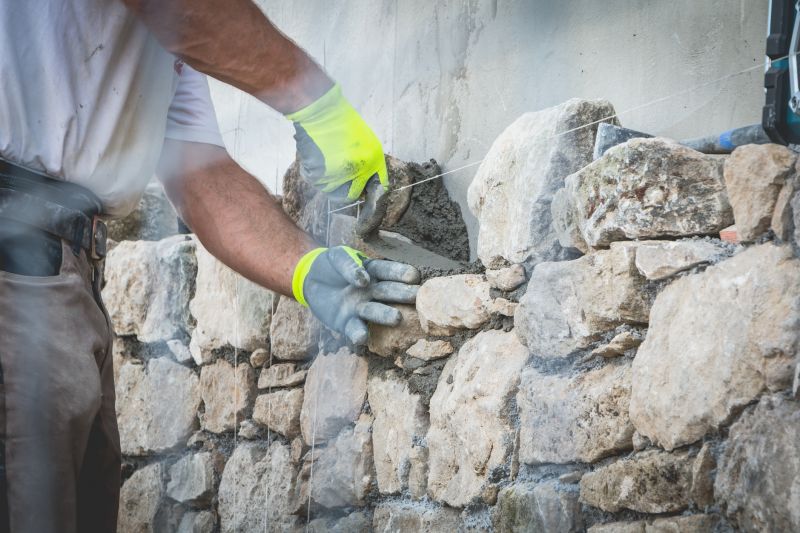
Ideal for inspections, repairs, and preparing structures for winter.

Limited options, requiring specialized techniques to prevent damage from freezing.

Lower-waste or water-saving choices for Masonry Service.

The short, realistic tool list for quality Masonry Service.
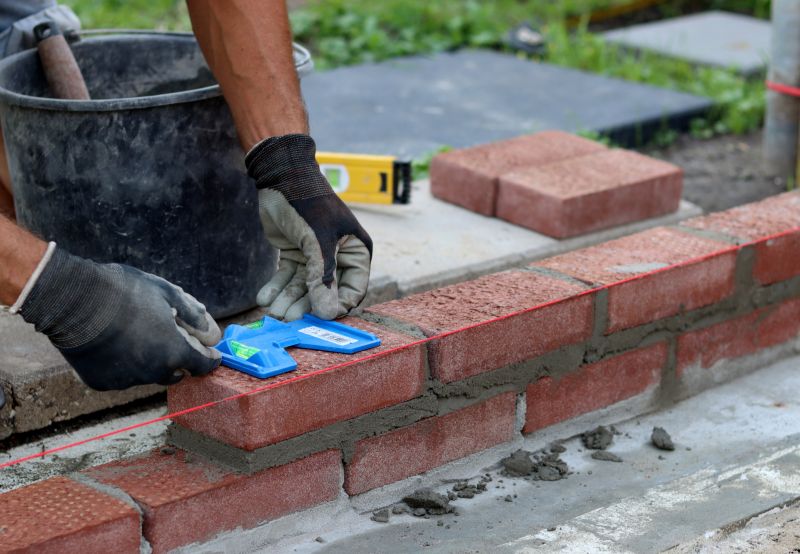
Rough timing from prep to clean-up for Masonry Service.

Quick checks and paperwork to keep after Masonry Service.
Proper timing ensures materials cure correctly and structures withstand weather stress.
Spring and fall are generally the best seasons due to moderate weather patterns.
Performing masonry work during extreme weather can lead to cracks, shifting, or reduced lifespan.
Enhances durability, reduces repairs, and maintains aesthetic appeal.
Interested parties can contact for masonry services to ensure projects are scheduled during optimal seasons. Proper planning based on local climate conditions can significantly influence the outcome and longevity of masonry structures in Toledo, Ohio.
